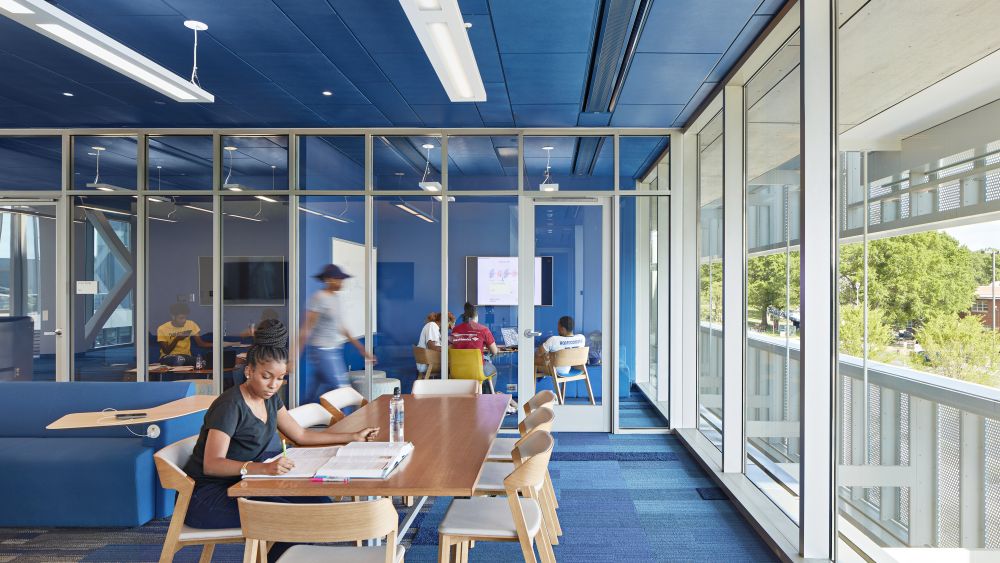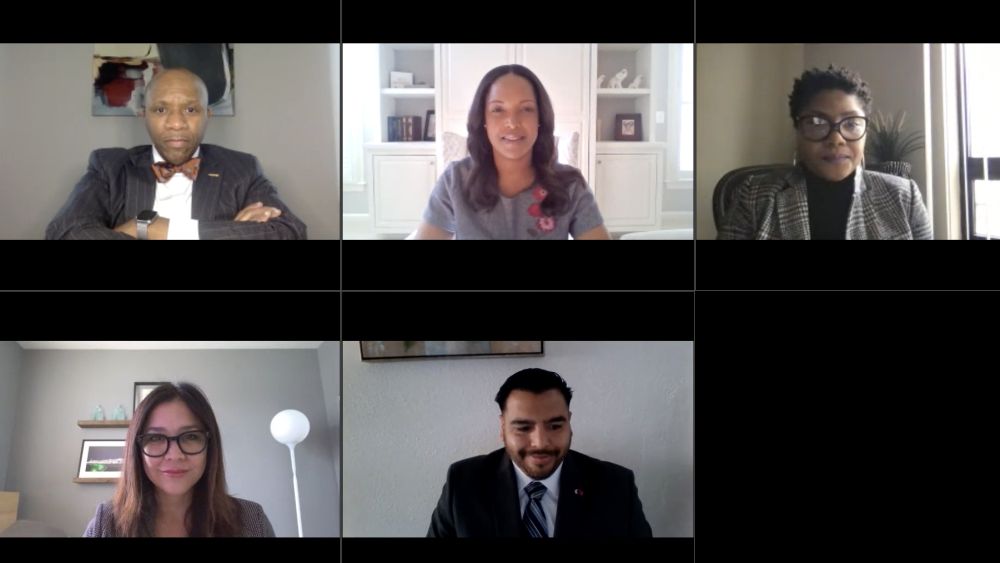Webinar: Diversity, equity and inclusion in higher education
We’ve always known it, but undoubtedly, the last few years have clearly laid bare many of the inequities that define our society and higher education landscape. While there has been great progress made on many fronts, and there are courageous leaders catalyzing so much positive change, we have miles to go. And, while that’s discouraging, it’s also an opportunity. To rise, to rethink, to re-focus.
I was honored to host a discussion on this topic with leaders from across the higher education landscape. We discussed new ideas, strategies and goals for advancing real DEI results in higher education—and the conversation was dynamic. Here's who joined me:
- Kevin McDonald, Vice President for DEI and Community Partnerships, University of Virginia
- Mylene Culbreath, Director of Diversity Consulting, Outreach and Recruitment at University of Minnesota
- Jenny Delgado, Principal, CannonDesign
- Freddie Sanchez, Interim Assistant Vice President, Programs & Inclusion, California State University, Northridge
Here's a few of the key takeaways from the discussion:
Establish a common DEI framework across the entire campus community
To create an environment where all feel welcome, DEI efforts cannot be siloed. Develop a common narrative that describes the institution’s perspective on diversity, equity and inclusion across all departments and levels. Consider the spectrum of identities represented on campus—including students, faculty and staff—and craft a set of guiding values that serves as the foundation of a campus-wide ecosystem of equity.
Develop policy informed by precise data
Gather general demographic data such as age, race and ethnicity but also survey the campus community on feelings of belonging, equity and cultural awareness. By diversifying your data dashboards, you will unpack a deeper understanding of where diversity and equity gaps exist. These more representative datasets will inform policies that direct institutional practices and operations toward advancing your DEI goals. DEI surveys should be conducted every two years.
Drive student and faculty retention through equitable programs and support
Cultivating an environment that encourages diverse students and faculty to remain part of the campus community includes providing specific channels for their voices, needs and contributions to be acknowledged. By offering services that address students’ basic needs, programs that support diverse faculty and channels of acceptance for all, you will foster a sense of belonging that is likely to fuel retention.
Institutionalize DEI efforts by prioritizing executive accountability
To help unify the campus community around the DEI framework, equip your institution’s President with the training and tools needed to be the lead advocate. The President should intentionally communicate their goals and publicize DEI efforts as shared responsibilities among administrative leaders. As the President steers the DEI action plan, encourage them to openly seek feedback from students and faculty.
Engage students to design physical spaces that support their well-being
Welcome students to serve on design committees when renovating campus facilities or constructing new buildings. Integrate the student perspective on DEI into the design of all student-serving spaces—including classrooms, counseling centers, libraries and athletic facilities, not only student unions and residence halls (as is the current practice). When student voices are centered in the design process, their needs, desires and expectations are woven into the fabric of the campus.



